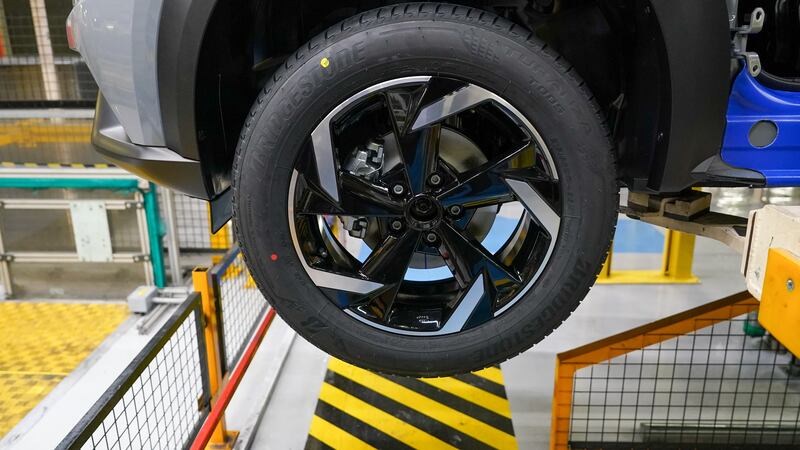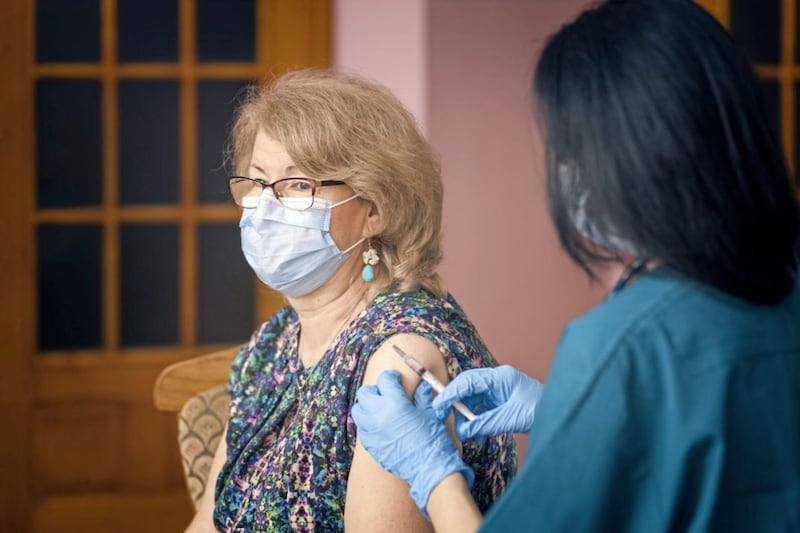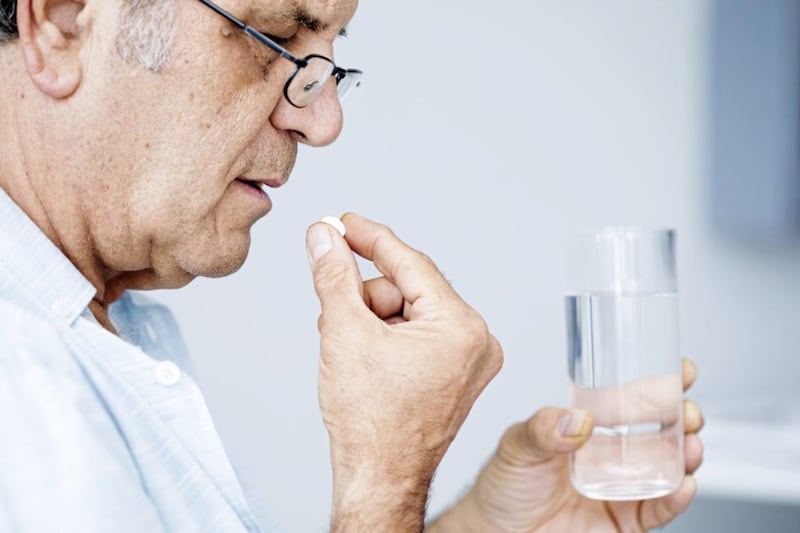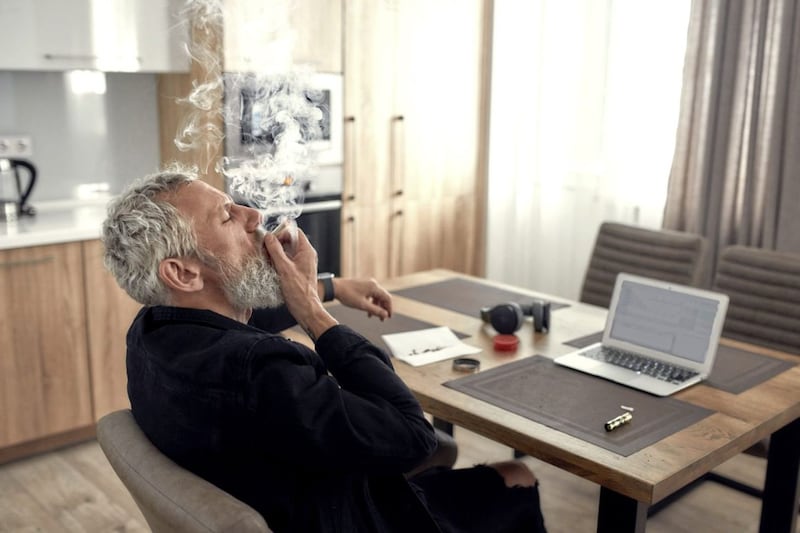WHEN I read earlier this month that vape stores have been opened in NHS hospitals, I wondered if my eyes were deceiving me.
Vapes – or e-cigarettes – are battery-powered devices that heat a typically sweet-flavoured liquid containing nicotine to create a vapour.
Walk down any high street and chances are you will walk through the fug of someone’s vape cloud at some point.
But in hospitals? The rationale is that it offers an alternative to smoking tobacco, helping those addicted to cigarettes to cut down or quit.
I oppose the move because, at present, I don’t think we have enough evidence that inhaling nicotine – and chemical flavourings – does not have adverse effects over the long term, even though we do know vaping is safer than smoking tobacco in the short term.
As well as chemical flavourings (there are literally thousands of them) constituents found in e-cigarettes include lead, nickel, tin, and arsenic.
There remains uncertainty, too, about whether e-cigarettes will in fact help tobacco users stop smoking – and concerns about whether vaping is actually a potential gateway to tobacco use.
The danger of children in particular becoming addicted to nicotine is such that in June the city of San Francisco banned the sale of e-cigarettes in stores and online.
That move might be considered premature, even draconian, possibly pushing ex-tobacco smokers back to cigarettes, but it does highlight the worries of professionals elsewhere.
Hospitals should uphold the highest standards of healthcare promotion. After all, they are where we go to improve our health.
In my view, allowing vape shops on site when we don’t have all the information we need is a deeply worrying step – and gives both visitors and patients the wrong message.
© Solo dmg media








